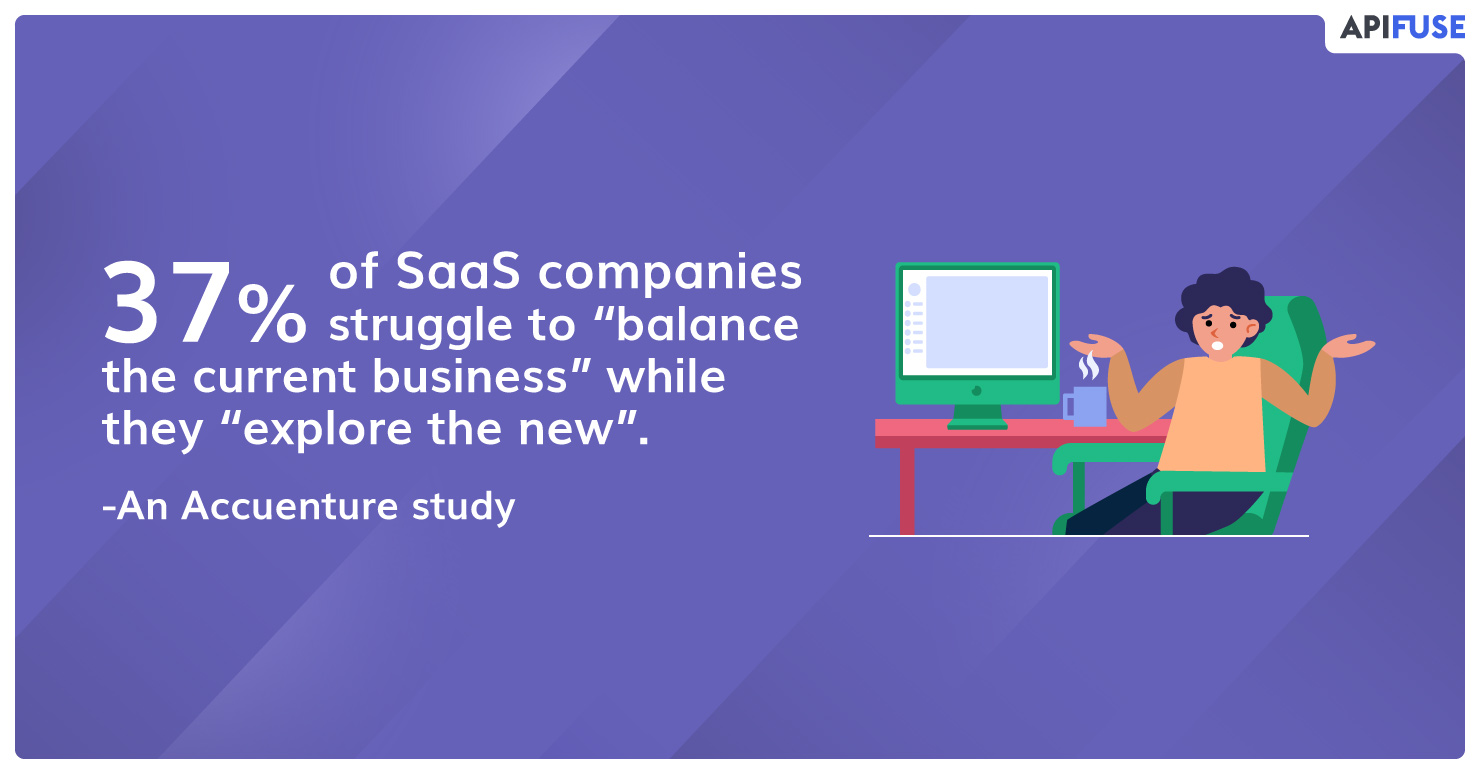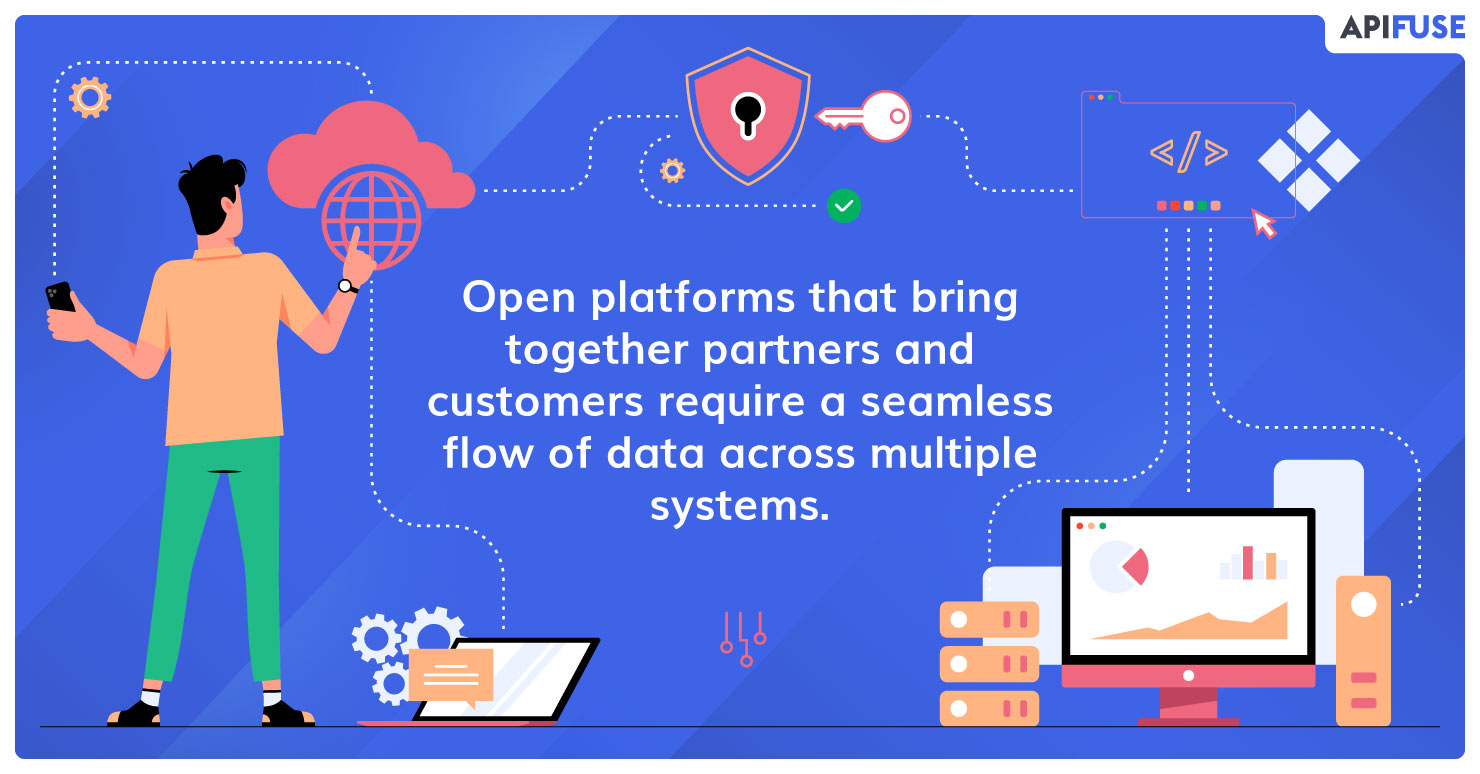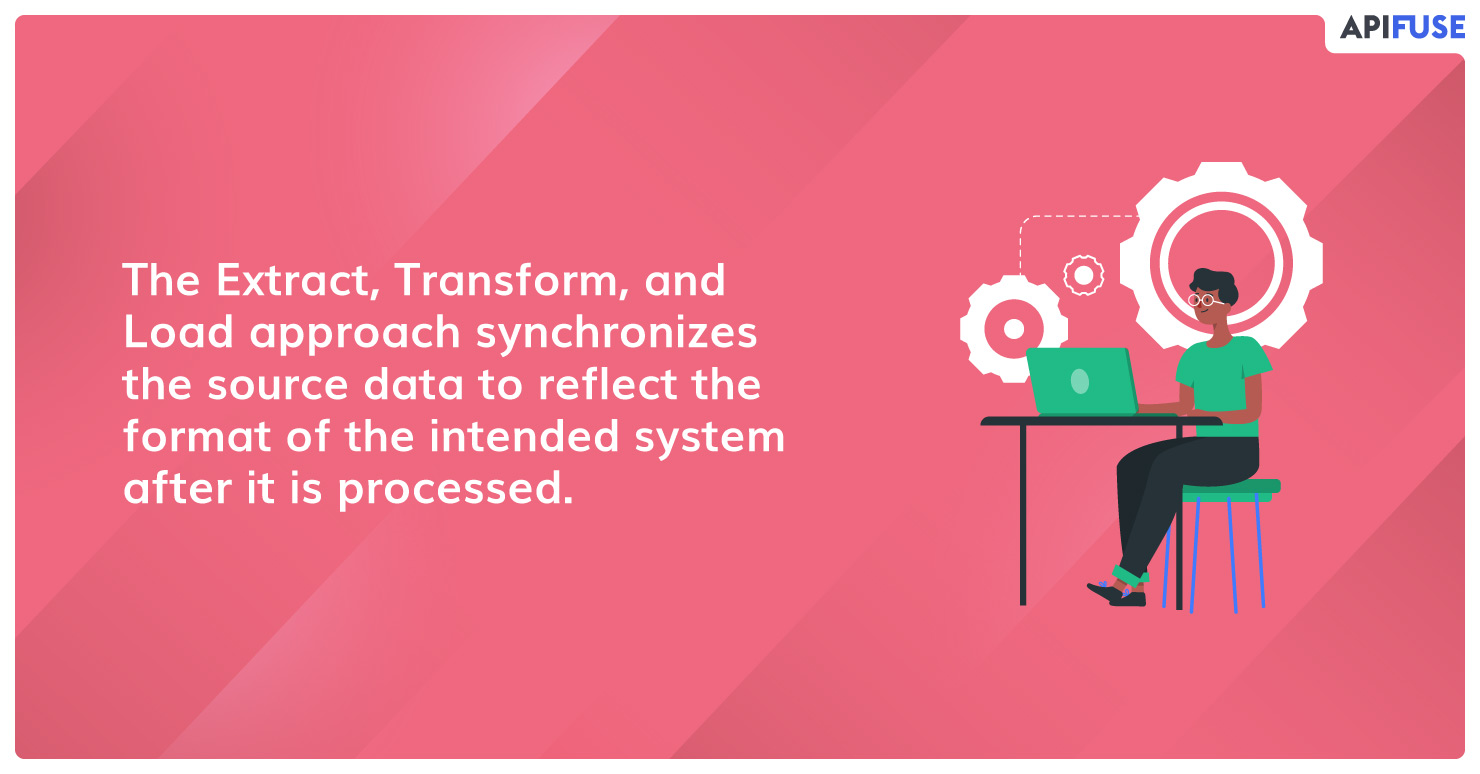What do the top tech companies of the world have in common that others aspire to have? A commitment to constantly push the boundaries of innovation. In fact, they have turned into enablers of innovation for hundreds of smaller companies by building – in the words of Steve Jobs – “an application economy”, a trend that is making its presence felt far and wide.
Take Salesforce, for instance. Marc Benioff, acting on Job’s advice, launched AppExchange – a community for app developers that has greatly expanded Salesforce’s customer base since its launch in 2005.
While there is no denying that platforms are the future, the right strategy is critical when transitioning from a product-based business model to avoid surprises. Bringing together the different elements of building an ecosystem such as technology and implementation strategy can often be overwhelming. However, as Salesforce and others have proven, the results can be highly rewarding for product companies that see it through to the end.
What is a Platform?

A platform enables a business to expand the value it creates for its customers by leveraging a network of partners, service providers, plugins and third party integrations. The net result is a complete end-to-end experience for customers and incremental growth for partners, translating to organic growth for the platform owner.
Salesforce and Slack owe their success, in no small part, to a large number of collaborators that helped them evolve from single-use products to delivering end-to-end business optimization to millions of customers worldwide.
Building the Platform Mindset
According to a McKinsey survey, incumbent product companies are only about 50% as likely to build a platform of their own as their new-generation digital counterparts. Many have signed on to global platforms, while some have decided not to take this route at all. However, if you fail to meet the changing customer expectations, you could end up losing market share to your native digital competitors with their innovative plug and play capabilities based on the platform model.
Customer acquisition costs are going up, and competing on price and not value creation is a recipe for disaster. This is where the platform model scores so well over the traditional product model. The networking opportunities made possible by a platform can help you grow your market share faster than if you chose to do it alone and not participate at all.
Crucially, the platform model can help you avoid reinventing the wheel and leverage relationships with other partners and developers to deliver superior experiences. However, just as a well-designed roadmap is critical to growing a product business, you need to be crystal clear on your core value proposition. This will be crucial to attract the right partners with complementary products and ensure that there is sufficient potential for returns from the collaboration.

Wondering how to make the transition seamless? You can take inspiration from Sudhakar Ramkrishna, CEO of Pulse Secure, an integrated cloud security company. Sudhakar’s approach to building a platform was to eliminate individual product’s IT line P&Ls altogether and ensuring that every PM could represent the entire portfolio, which included secure access to the platform and cloud hosting services. He credits this principle as the single most important factor in its transformation. According to a McKinsey survey, a single operating model can also create increased business value for companies.
Sudhakar also emphasizes that the platform experience must be simple and cost-effective for the customer while increasing the value for partners and vendors to get traction in the overcrowded SaaS market.
Here are a few pointers for SaaS leaders to think about before implementing a product to platform transition:
- A study by Accenture reveals that 37% of SaaS companies struggle to “balance the current business” while they “explore the new.” Getting clear about your strategic vision is essential before you can begin moving to the ecosystem model, not only in terms of market potential but also for creating greater value over the long run. A good way to do this is to start with building customer personas.
- Secondly, consider the products you would offer for sale on your platform. For example, will you be selling co-branded or white label products?
- If you plan to sell to an international audience, strategize about implementing the various payment options and tackling the currency and language barriers. Compliance with data protection and other local laws is another key consideration for platform owners.
Executing a product to platform transition
Businesses are increasingly questioning why they should subscribe to products that don’t meet their needs. This means ongoing innovation is the only way to keep their business. Adding new features at shorter intervals can be a losing battle, especially if you have modest resources. However, it is not an insurmountable challenge, if you are willing to collaborate and not compete.
Research has shown that multiple developments, validation, and testing cycles can be effectively circumvented by leveraging partnerships with other developers. After all, it makes little sense to develop a clone of an app that exists and is well-liked by customers.
The platform model allows you to add new capabilities to your product like clockwork. By joining forces with other players, you can gain access to a wider customer base than on your own. By integrating with partner systems, you can both benefit from the network effect which will, in turn, help your tribe grow bigger by attracting more customers and partners.
Before long, you will have built a vibrant community around your product where both users and partners will be able to freely interact with each other, exponentially increasing value for all stakeholders. Take Apple, for example. Before iTunes and Apple Music arrived on the scene, the Apple iPod was just another music player of the hundreds available in the market with music producers depending on retail stores for bringing their music to listeners. Today, the platform brings together music fans and content creators, allowing users to consume music on-demand while the music store is nowhere to be seen.
Apple has further evolved its platform ecosystem which now boasts of the App Store and the iCloud that has turned it into one of the most recognized brands anywhere on the planet. On the other hand, MySpace, once the largest social media platform in the world, insisted on doing everything itself while competitors like Facebook were already adding third-party apps. The result: it failed to grab the opportunities that were there for the taking and today is a shadow of its former self.
What are the key capabilities that product companies must pay attention to?
Extending your product ecosystem to evolve into a true platform depends primarily on enabling open access for partners and vendors. If Apple’s example is anything to go by, letting go of control is the best way to get a platform to really thrive.
Here are the features that play a major role in the evolution of your product:
SDK
SDKs should be the first on your list of must-haves to add extensibility to your product. A Software Development Kit or SDK provides a set of tools, libraries, relevant documentation, code samples, and processes to create software packages on a specific platform.
Think of an API as a building block that enables communication with another application, whereas an SDK is a full-fledged workshop, facilitating creation far outside the scope of what an API would allow. An SDK enables developers to build new applications whereas APIs are purpose-built to communicate between two or more existing applications.
Open API
An API stands for application programming interface and as the name implies it enables you to interact with other software programs. Think of an API as the rosetta stone, which has vastly different languages, different sets of instructions but can be translated to a mutual understanding. This is what enables one application to communicate with a different application as they are speaking the same language.
3rd Party Integrations
Building a 3rd party integration on Zapier is important because some of your end users are already using these integration tools to integrate their other applications. By building a connector on Zapier you are furthering expanding the use cases and the jobs that your end users are able to perform. Zapier is also a great way for you to generate awareness simply by being listed on their application as they have 3 million+ users and growing.
However, as your customer needs evolve and as your end-users demand this functionality to live directly inside your software application you will need to build Native integrations.
Native Integrations
Native integrations when done correctly offer the best customer experience as they eliminate the need for your end-users to license a separate software application (Zapier in this example), learn a new application, and most importantly reduce the friction (time to value) when simply trying to integrate your app with one of the other applications they use for their business.
Partner Ecosystem
To grow in today’s hyper-competitive market, SaaS product companies need to leverage the power of partnerships. A well-designed partner program can enable you to acquire new users by being listed on other marketplaces of complimentary applications, develop new revenue streams via referral or rev-share agreements and penetrate new markets by partnering with value-added resellers that have deeper domain expertise in specific markets.
What is the best Integration Approach for your needs?

Open platforms that bring together partners and customers require a seamless flow of data across multiple systems. To succeed, platform owners and their partners need to put customer expectations at the center of their business strategies. Unlike the traditional business model, the customer is no longer a passive element, but the key driver in terms of value creation and business growth.
This is where your technology-strategy mix should come together to create streamlined workflows that provide complete integration with all of the applications your customers use to power their business.
Here are some of the integration approaches you can use to create better outcomes for all stakeholders in your ecosystem:
Point to Point integration:
Point to point integrations are the easiest to build but cannot be replicated elsewhere. This can add to the complexity of your overall platform architecture. If you want to validate the prototype of your integration design, using this mode makes sense. However, for more complex workflows, point to point integration will not scale.
Extract, Transform and Load

The ETL approach synchronizes the source data to reflect the format of the intended system after it is processed. It is then loaded into the system in which it is meant to be used.
Embedded Integration Platform:
In this approach, an embedded integration solution has all of the built-in tools necessary to integrate diverse applications within your ecosystem. An embedded integration platform can handle any simple native integration all the way to highly complex multi-step workflows without writing a single line of code. They enable a true ‘plug-and-play’ capability across multiple apps. Their user-friendly GUI lets you add and manage your portfolio of integrations on your own from a curated library of the most popular apps. They are designed to be scalable, are more affordable than trying to build them in-house and your users never have to leave your application.
Conclusion:
APIFuse’s ‘drag and drop’ integration capabilities can help you rapidly deliver on end-user integration requests to meet your customer demands without adding to your development backlog.
With various plans that offer comprehensive features at an affordable price point, we help you focus on doing what you do best while eliminating worries about building and managing complex workflows. Request a demo today for more information!
